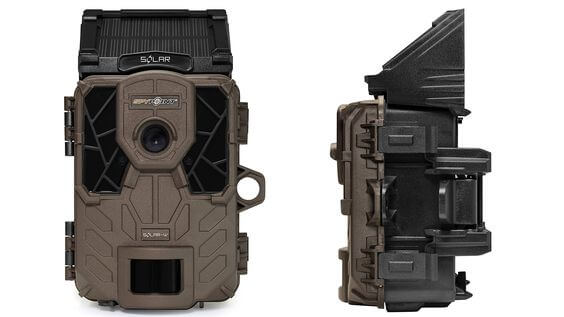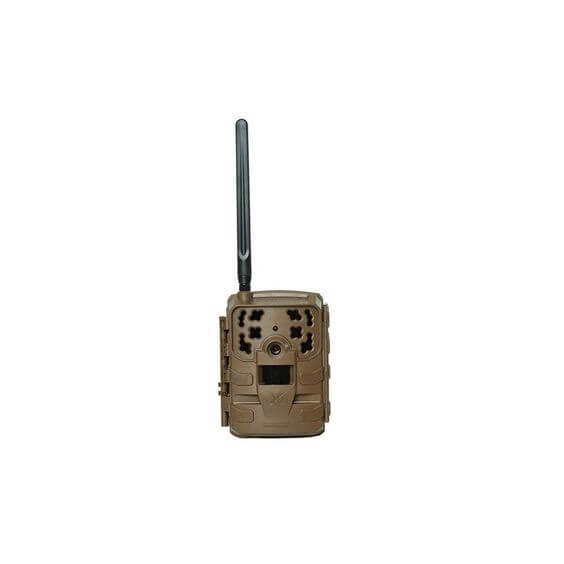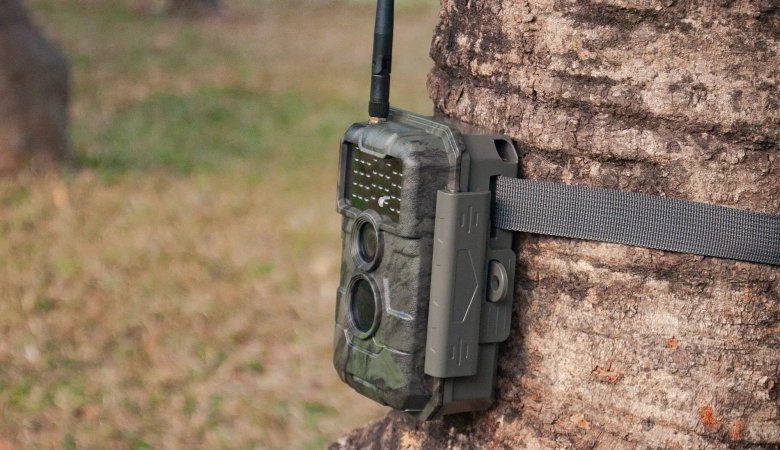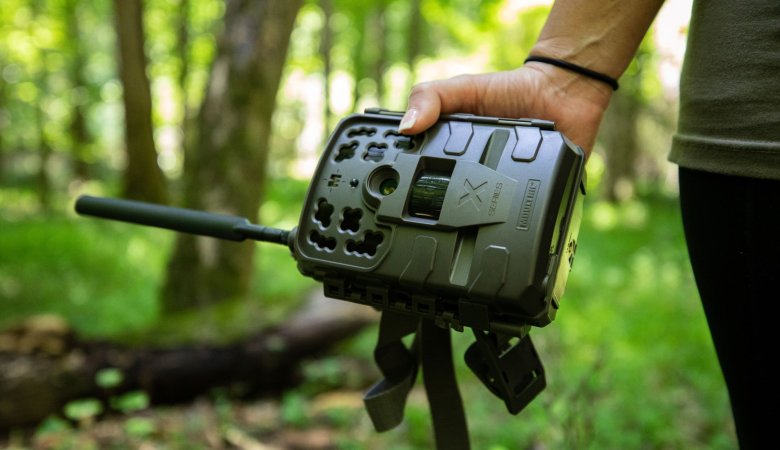Cellular trail cameras have changed how people watch wildlife and keep an eye on the outdoors by making it easy to access pictures and videos taken in the wild from afar. These high-tech cameras use cellular networks to send and record data, so users can get real-time updates without changing the camera’s position.
But a frequent question is whether or not cellular trail cameras work with T-Mobile or any other network. In this article, we’ll look at how cellular trail cameras work and see if they work with T-Mobile’s network.
How Cellular Trail Cameras Work
Cellular trail cameras, also called wireless trail cameras, have built-in cellular modems that link to mobile networks without trouble. When motion or heat is detected, these cameras take pictures or videos and send them to a chosen receiver, usually a mobile app or an online portal, through the cellular network. This clever technology eliminates the need to retrieve memory cards manually and lets users watch their cameras from a distance.
Compatibility with Networks
Cellular trail camera T-mobile works best when there is a mobile network nearby, and their compatibility depends on the regularity and technology of the networks. In the U.S., there are several big cell phone networks, such as T-Mobile, Verizon, AT&T, and Sprint, now a part of T-Mobile. So, compatibility mostly depends on the network provider’s choice of camera.
Like other big carriers, T-Mobile’s network works on specific frequencies and uses different technologies like 2G, 3G, 4G, and 5G. For a cellular trail camera to work well with T-Mobile, its frequency bands and technology standards must be in sync with T-Mobile’s network.
Models of Cameras and Compatibility with Networks
There are a lot of cellular trail camera types in the market today that are compatible with a wide range of networks. Different versions of these cameras are often made to work well with other cell phone networks.
When buying a cellular trail camera, you must ensure your chosen type works well with T-Mobile’s Network or your preferred network provider.
Some camera models are compatible with multiple networks, making it easy for users to move between carriers. This fantastic flexibility means that users can choose the best network for where they are in the world, ensuring a stable and uninterrupted connection.
Checking if Things Work Together
Follow these steps carefully to find out if a cell phone trail camera works well with T-Mobile’s network:
1. Check Network Coverage
Before you decide on a camera, check the network coverage in the area you want to put it. Even if the camera is compatible with T-Mobile, you need to make sure that T-Mobile has good service where you want to use it. You can find out how strong T-Mobile’s network is by looking at its coverage map or talking to people in your area.
2. Check the Network Bands
Different cellular networks send data over various radio bands. T-Mobile uses other frequency bands, such as 600 MHz (Band 71), 700 MHz (Band 12/17), 1900 MHz (Band 2), and 1700/2100 MHz (Band 4/AWS). Ensure the camera you choose works with the T-Mobile bands used in your area for the best results.
3. Think About Costs and Data Plans
Most cellular trail cameras need data plans to link. Find out what T-Mobile’s internet plans are and how much they cost. Make sure that the amount of data the camera uses fits your budget and needs. Some cameras are flexible about how much data they use, so you can change the settings to save data when needed.
4. Explore T-Mobile’s loT Solutions
T-Mobile has the Internet of Things (loT) solutions that improve cellular trail cams. Check out what T-Mobile offers in the Internet of Things (loT), and think about cameras suitable with its loT network for reliable and efficient data transfer.
5. Antennas and Signal Booster
If the signal strength is weak where you are, consider using extra antennas or signal boosters. Some cellular trail cameras can be connected to external antennas, making them much easier to use in rural or low-signal areas.
Conclusion
Cellular trail cameras offer convenience and sophistication that has never been seen before by wildlife lovers, hunters, and outdoor fans. These high-tech cameras give you instant access to images and movies, making it easy to keep an eye on things in real-time.
When considering buying a cell phone trail camera, it’s essential to make sure it works well with the network you want to use, whether it’s T-Mobile or another network you prefer.
By carefully looking at the camera’s specs and doing a lot of research, you can enjoy its seamless connection, ensuring you can stay connected to your camera’s interesting feed even when you’re out in the wilderness.
Frequently Asked Questions
Does T-Mobile’s Network Work with All Cell Phone Trail Cameras?
No, T-Mobile doesn’t work with all cell phone trail cams. Compatibility depends on whether or not the camera has a modern built-in and if it works with Mobile’s network frequency bands. It’s essential to check the camera’s specs or talk to the maker to ensure compatibility.
Can I Use the SIM card I Already Have from T-Mobile in a Cell Phone Trail Camera?
In some situations, you can use your current T-Mobile SIM card in a cellular trail camera. But it’s important to check if the camera is open or lets you use a SIM card from a different company. You may also need an internet plan that is made for the Internet of Things (IoT) or Machine-to-Machine (M2M) devices.






Leave a Reply